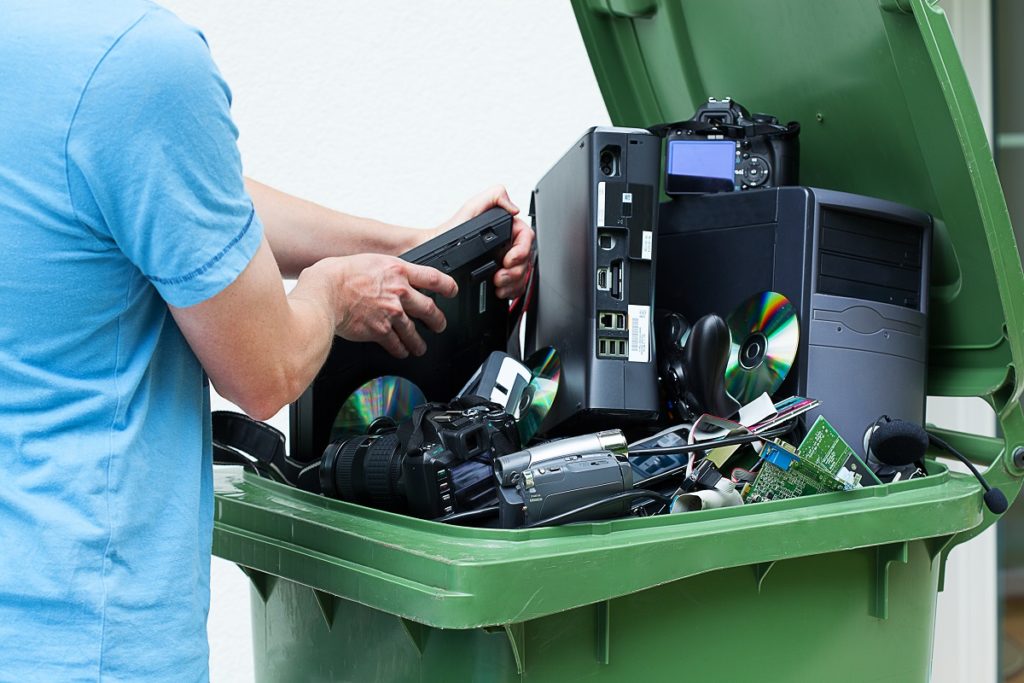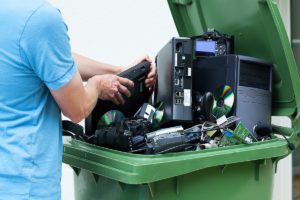We have a good idea of where and how to throw our trash. They’re usually sorted by how they degrade (biodegradable, plastic, and recyclable) while in other instances, they’re sorted by what’s in them (food waste, liquids, packaged goods, and the like). However, the process gets more complicated the more components are added to the products.
One of the seemingly complicated things that we can throw away is our smartphone or any electronic device. Since it’s composed of so many things, it’s often difficult to figure out how or where to dispose of it. This has grown into a problem as of late, with used phones in Utah and other states being carelessly disposed of. This is not practical and is not good for the environment as well.
So what can you do when you have an electronic device you don’t want to use or you can no longer use?
Make sure you really need to throw it away
You need to make sure you have no other option but to throw the device away. We have an alarming tendency to dispose of goods with the slightest defect or damage when a little money and some repairs are more than enough to restore them to their original condition.
Bringing your gadget to your local repair shop or giving it to someone who can scrap it for parts is not only safer than just chucking it in the bin; it can even give you a good profit if you find the right buyer.
Find the closest recycling center
 Since the majority of us have our trash taken instead of delivering it ourselves, it can often be difficult to shake off the inclination to just throw out our electronics with anything else. However, most recycling centers would prefer that you drop them off in their plant instead of tossing them with the rest of your rubbish.
Since the majority of us have our trash taken instead of delivering it ourselves, it can often be difficult to shake off the inclination to just throw out our electronics with anything else. However, most recycling centers would prefer that you drop them off in their plant instead of tossing them with the rest of your rubbish.
Why is this? It’s because other trash can often damage a perfectly salvageable electronic device in transit to the recycling plant. This can be avoided if your area has a bin specifically for electronic wastes, but more often than not, electronic devices get dumped in with everything else until they get sorted properly.
Going through that extra effort of bringing your device to a recycling center (especially if it’s something big) can save you a lot of headaches. Not only can they redirect you to the proper places and people who can do that, but they may even give you some compensation for your trouble.
Return it to the manufacturer
Finally, one of the things that you can do is send your device back to the manufacturer. This may seem a little strange, but most manufacturers actually have an incentive scheme to compensate people who send back their outdated or broken products.
If you’re curious as to why they’d want them, it’s often because their parts can be broken down and turned into newer parts for newer models. They are also valuable sources of data to compare device performance over time—something they can’t really get with their usual computer simulations. If you’re not getting compensated, at least be aware that in some way, you’ve contributed to the research that will give birth to the next generation of electronic devices.







